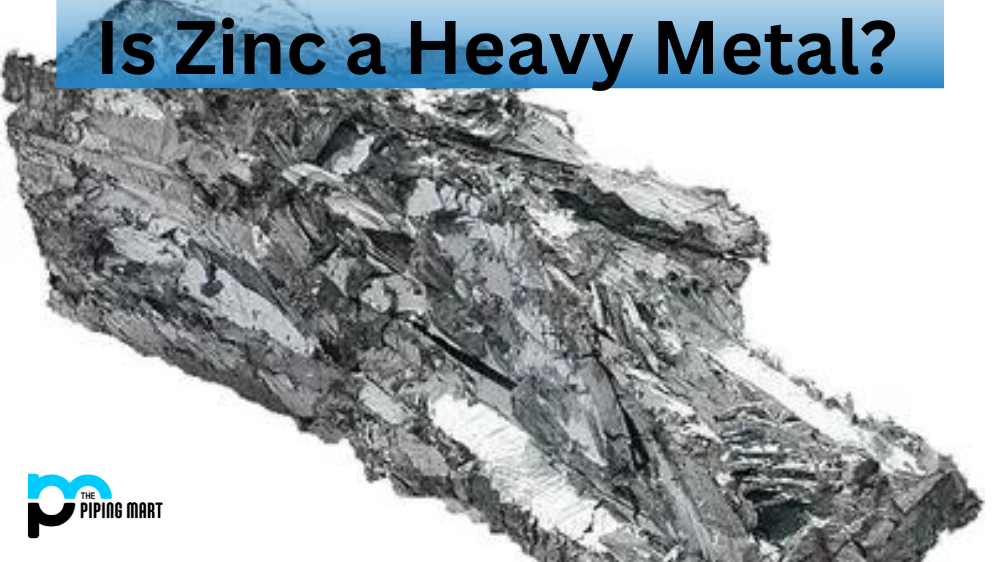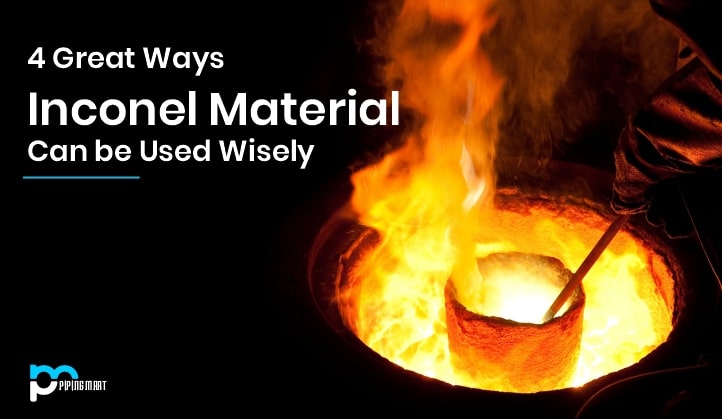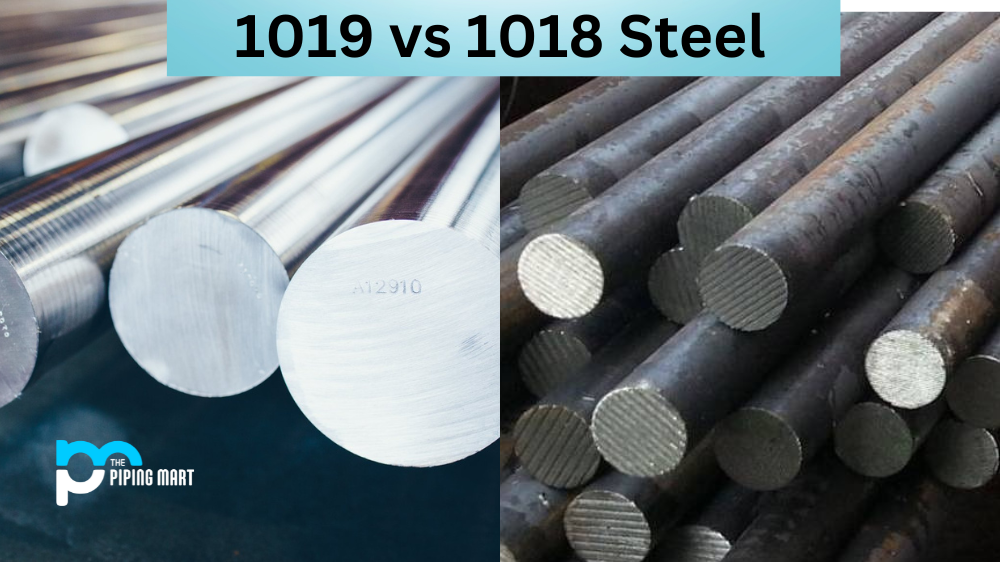Regarding metals, there are three main categories – heavy metal, nonmetal, and metalloid. But what about zinc? Is zinc a heavy metal? Let’s look at the different types of metals to determine where zinc falls.
Heavy Metals vs. Nonmetals and Metalloids
Heavy metals are generally considered toxic when ingested or breathed in and can cause serious health problems if not removed from the environment. They are usually defined as metallic elements with a density greater than 5 g/cm3. Examples of heavy metals include lead, mercury, cadmium, uranium, and arsenic.
Nonmetals refer to any element found on the periodic table that does not display properties associated with metal elements, such as malleability, ductility, luster, or conductivity. Nonmetals are divided into organic nonmetals (carbon dioxide) and inorganic nonmetals (water).
Metalloids are elements that possess some characteristics of both metals and nonmetals. They tend to be brittle with low electrical resistivity but also have some malleability similar to metal elements. Examples of metalloids include boron, silicon, arsenic, and antimony.
Is Zinc a Heavy Metal?
Zinc is neither a heavy metal nor a nonmetal – it is classified as a transition metal. It is one of the most abundant elements on Earth and is often used in industrial applications due to its malleability and resistance to corrosion. Zinc has atomic number 30 on the periodic table and an atomic weight of 65 g/mol, which makes it lighter than other transition metals such as copper or iron. It also has a relatively low melting point compared to other transition metals, making it easier to work with manufacturing products such as coins or jewelry. While zinc does not pose the same risks as heavy metals like lead or mercury, overexposure can still cause adverse health effects, so caution should still be taken when handling zinc-containing materials.
Conclusion:
In conclusion, zinc is not classified as either a heavy metal or a nonmetal; instead, it is a transition metal with properties that make it useful for many industrial applications, including manufacturing coins and jewelry. Despite its usefulness in various industries, caution should always be taken when handling materials containing zinc due to potential health risks associated with overexposure. By understanding the differences between different types of metals, you can ensure that you take proper safety precautions when working with materials containing them!

Meet Bhavesh, a seasoned blogger with a wealth of knowledge and experience. From metal products manufacturing to retail, Bhavesh has a diverse background in various industries and is dedicated to sharing his insights and expertise with readers.




